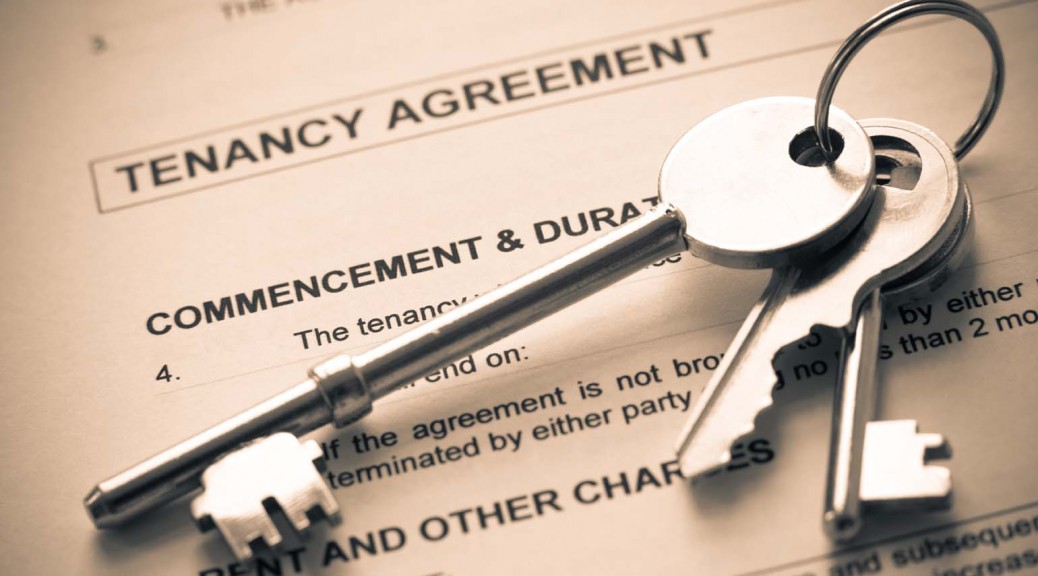Private residential landlords are being challenged to keep pace with current legislation, and a scheme to support tenants through debt is one of the latest demanding a detailed understanding.
The Debt Respite Scheme, launched in 2020, introduced a so-called ‘breathing space’ for tenants trying to manage debt, including those experiencing a mental health crisis.
The scheme was designed to offer a lifeline to tenants struggling with debt, and while the scheme can seem a challenge for landlords facing arrears, understanding its implications is key to navigating the situation effectively.
The respite scheme provides for two types of breathing space: standard or in a mental health crisis:
- A standard breathing space lasts for 60 days and is available no more than once a year to anyone in debt who seeks help from a qualified debt adviser
- A mental health crisis breathing space lasts for the duration of the tenant’s treatment now matter how long that lasts, plus at least an additional 30 days, including no annual restriction.
The breathing space scheme allows the tenant to apply for a temporary halt on certain debt recovery actions, including eviction proceedings based on rent arrears.
For landlords, this means they are limited on the action they can take during a tenant’s breathing space.
- Rent collection: Rent payments are still due during the breathing space but you cannot pursue legal action for missed payments during this time.
- Eviction proceedings are paused: If you’ve already initiated eviction proceedings based on rent arrears, the court must adjourn them until after the breathing space ends.
- New eviction notices for rent arrears are on hold: You cannot serve a Section 8 notice seeking possession solely due to rent arrears accrued during the breathing space.
- Other eviction notices remain an option: You can still pursue eviction based on other grounds, such as property damage or anti-social behaviour.
Salv Sole, Head of Commercial Property at KWW Solicitors of East Molesey, said: “While the breathing space can feel like a barrier to landlords in getting rent in, or property repossessed and re-let, it’s crucial to remember it’s a temporary measure aimed at helping a tenant who is experiencing a vulnerable period and these are inevitably more likely during the pressures of a cost of living crisis.
“You can ask for proof of the breathing space from the debt adviser working with the tenant and you can discuss options with the adviser, such as payment plans or rent adjustments for after the breathing space ends.
“You can’t communicate directly with the tenant about rent arrears during this time, although you are allowed to communicate directly with essential information regarding the property, like repairs or safety hazards.”
Landlords considering how to guard against the potential financial impact of a tenant requesting a ‘breathing space’ may opt for a rent guarantee insurance policy.
They may also be able to use the ‘no-fault’ Section 21 eviction process for a tenant on breathing space who is on an assured shorthold tenancy, as this form of eviction does not relate to the debt, but the process can take many months and would likely require separate action to recover the debt after the breathing period.
Salv added: “While it can be challenging for landlords when no income is coming in, it’s important to understand and follow the regulations.
“Get advice if you’re unsure, and keep meticulous records of all communications and the rent arrears. And bear in mind that well-supported tenants are more likely to be good tenants in the long run.”
